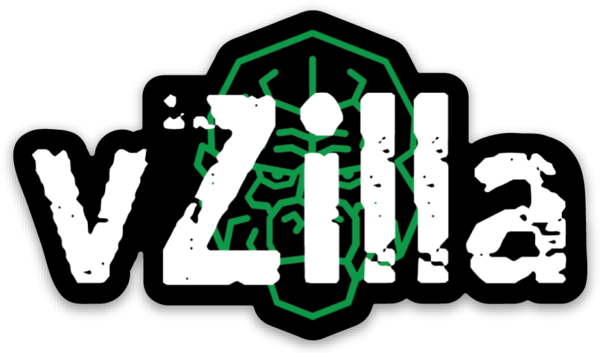This has been on my product bucket list for a while, in fact this initial feature request went in on the 9th September 2021. My reasons then were not sales orientated, I was seeing the Kubernetes community using the trusty Raspberry PIs as part of a Kubernetes cluster at home.
By supporting in my eyes this architecture it would have opened the door to the home users, technologists and community to having a trusted way to protect the learning environment at home.
Here we are 3 years on and we got the support.

I have a single node k3s cluster running on a single Raspberry Pi. We have 4gb of memory and we had to make some changes to get things up and running. It is a Pi4.

I chose K3s due to the lightweight approach and I was limited by only having this one box for now, the others are elsewhere in the house serving as print servers and other useful stuff.
I actually also started with minikube on the pi with some nightly builds as this is a very fast way to rinse and repeat things but the resources consumed were too much.
As Veeam Kasten for Kubernetes is focused on protecting, moving and restoring your Kubernetes applications and data I need also a layer of storage to play with. the CSI hostpath driver is something quite easy to deploy and mimics any other CSI in a single node cluster. With this in mind we also created a storageclass and volumesnapshotclass

I am not going to repeat the steps as they can be found here.
Deploying Veeam Kasten
With the above Kubernetes storage foundations in place we can now get Kasten deployed and working on our single node cluster.
We will start this process with a script that runs a primer on your cluster to ensure that you have met requirements, storageclasses are present, and if a CSI provisioner exists so we run the following command on our system. (this is the same process for any deployment of Kasten) (Air gap methods can also be found in the documentation)
curl https://docs.kasten.io/tools/k10_primer.sh | bash
At this point you should have helm and everything else pre installed and available for use here.
As of today, the process to get things installed as with any x86 or IBM Power based cluster deployment of Kasten can be as simple as the command below, although you will likely want to check the documentation.
helm install k10 kasten/k10 --namespace=kasten-io --create-namespace
In an ideal world you will have all pods come up and be running and this might be the case on your cluster or your single node depending on resources. Within my cluster I have also deployed the bitnami Postgres chart as well so resources were low. But in an ideal world you have this.

I did not… so I had to make some modifications… I am going to state here that this is not supported but then I don’t think Raspberry PI deployments on a single node is something we will have to deal with either. I also believe though that resources are going to play a crucial play in things later on when we come to protecting some data.
My gateway pod was in a state of not enough memory resource to get up and running, I simply modified the deployment and made some reductions to that. to get to the above state.
Backing up
In the below demo, I have created a simple policy considerate of local storage space and only keeping a couple of snapshots for test and demo purposes.
My Deployment modification
resources:
limits:
cpu: "1"
memory: 100Mi
requests:
cpu: 200m
memory: 100Mi
by default the gateway deployment is
resources:
limits:
cpu: "1"
memory: 1Gi
requests:
cpu: 200m
memory: 300Mi
